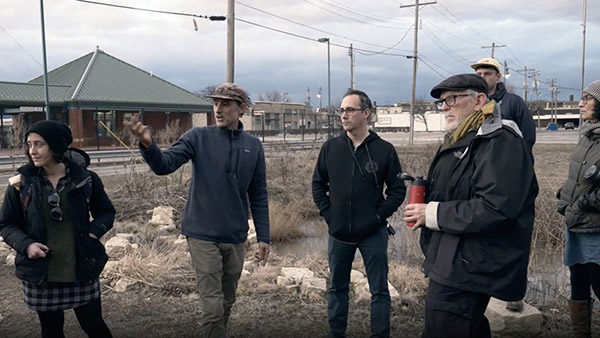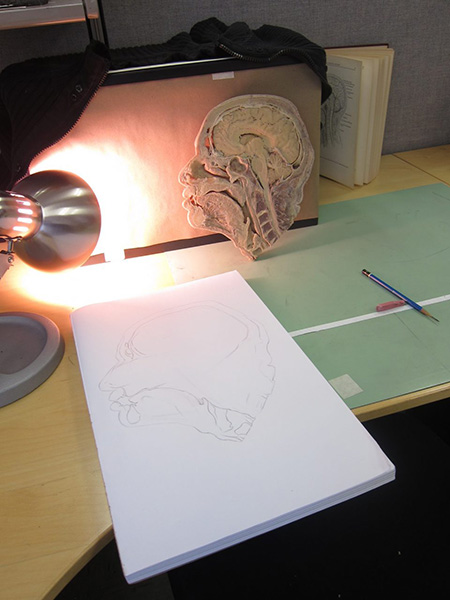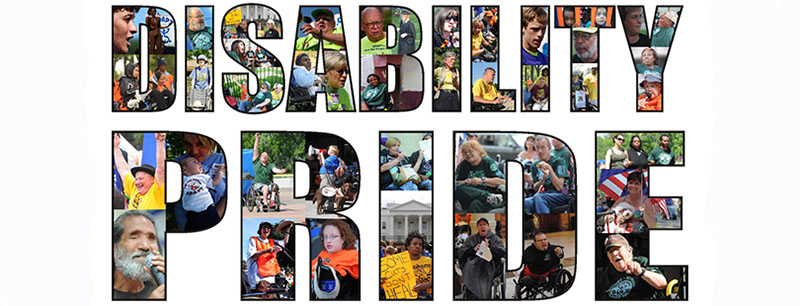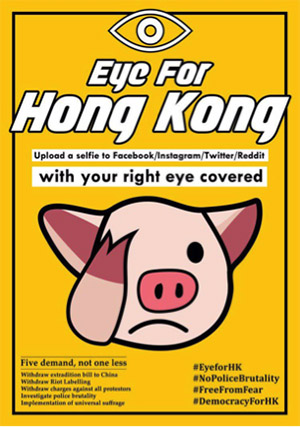Editors’s note: Click here to read the author’s MA thesis expanding on this topic.
On a chilly Sunday afternoon in March, our Field Campus group walked through downtown Granite City, Illinois. Located just 6 miles north of St. Louis, the downtown was a markedly post-industrial landscape. Many of the red brick buildings were vacant and showed signs of lasting decay. Weedy patches of open land occasionally provided views of a large nearby factory. It was hard to tell if coffee and sandwich shops were closed forever.
The factory, a U.S. Steel Corps manufacturing plant called Granite City Works was founded by two German immigrants in 1896, along with the city itself. In 2009, the National Air Toxics Assessment (NATA) ranked neighborhoods in Granite City at the second highest risk for cancer in the country, highlighting the plant’s coke ovens as a likely source (McGuire 2009). Coke oven emissions include benzene, arsenic, and lead (Earthjustice 2019) – that people breathe, and soils absorb. Another source of toxic air pollution has been the NL Industries/Taracorp lead smelter. Before its closure in 1983, the smelter contaminated over 1,600 households in Granite City and beyond, eventually turning into an EPA superfund cleanup site (Singer, n.d.). The US EPA recognized that the highest concentrations of lead in the air are around smelters. Lead in the air means lead in the soil. Tearing down houses in “blighted” sections of the city exacerbates the problem since demolitions release the lead in the paint of older buildings (Blythe 2019). Granite City is certainly a hot spot.
As we walked through Granite City, we were guided by our local collaborator and artist Chris Carl, whose work with the urban renewal group New American Gardening “explores garden making on vacant lots and post industrial land.” Chris led us to the particular plot, pointing to a number of concrete blocks scattered around the ground. One of the blocks featured a warning symbol etched into its top, the other had the letters ‘Pb’ scrawled upon it – which, as he informed us, is the chemical abbreviation for lead. The blocks were Chris’s “DIY version of a lead remediation,” an intervention he began after a project by the College of Agricultural, Consumer, and Environmental Sciences and a visit by EPA officials who confirmed low levels of lead all over the area after conducting the requisite soil testing. The levels on the site we were standing on, however, had proven to be “off the charts.” Notably, both Madison County and the U.S. Steel Trust had provided funding for this pilot plot. (read more...)







